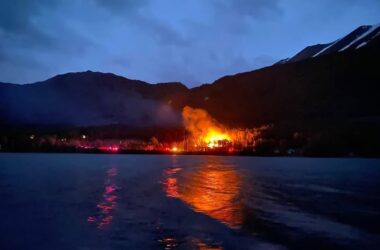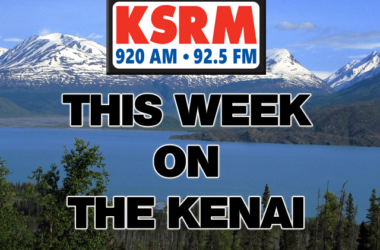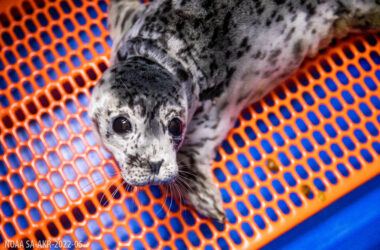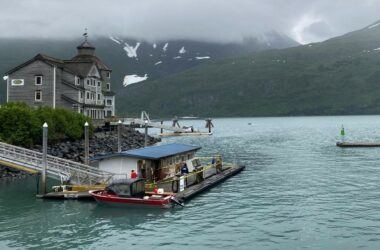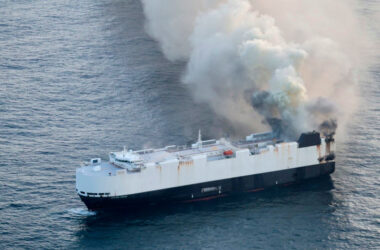The Kenai Peninsula Economic Development District held its 2022 Industry Outlook Forum on Thursday, January 6th. One of the featured guests was Jared Kosin, President and CEO of the Alaska State hospital and Nursing Home Association, who spoke on the state of the health care industry and the medical services impact on Alaska’s economy.
He provided stats from an analysis conducted by a Juneau-based research and consulting firm, saying that health care workers earned $2.7 billion in 2019, which comprises 11% of all state wages. Kosin said that health care in Alaska, for 2019, was among the largest contributors to the state’s economy:
“So, when I say we are good for the economy, what I’m talking about is our multiplier effect. If you just start with the hospitals, it’s the most obvious place to look. For each job that we create in the hospital sector, 0.84 jobs are created elsewhere in Alaska businesses and industries. Same thing with every dollar of income we generate payout. That creates 50 cents in other Alaska businesses and industries. So, it’s that downstream effect that, if you take this, in total, you take a step back, not just the hospital sector, health care is much bigger than that, we actually have a pretty significant footprint.”
The good news is that Alaska’s health care jobs are growing with 6% overall job growth and 21% wage growth from 2016 to 2020:
“Now looking forward, the question is, is this supposed to continue? The answer is yes. These aren’t our projections. They’re the state of Alaska’s projections. 7.6% projected growth over the next ten years. What does that mean? That means that we’re going to be adding over 5,000 new healthcare jobs in the economy here in Alaska. That’s more than any other sector in Alaska.”
The problem, though, is that job demand exceeds labor supply. Health care workers are needed more than at any other point in history and there aren’t enough entering the workforce. Medical and nursing schools still graduate a similar number of students as they did two decades ago, while baby boomers are starting to leave the work force.
There were 6,300 openings each year to staff all positions, and more than 1,400 recruits are needed annually for RN positions alone. He says that looking for out-of-state isn’t enough to satisfy the need as 11.3% of the total health care workforce are non-residents and 24% of these non-residents go on to attain residency.
Kosin closed his presentation with saying that Alaska’s largest nursing program has had to turn away twice as many eligible nursing students than it accepts. He stated that that program could produce more than 200% more Alaska nurses per year right here at home, but the reason is mostly due to faculty constraints.
2022priorities

